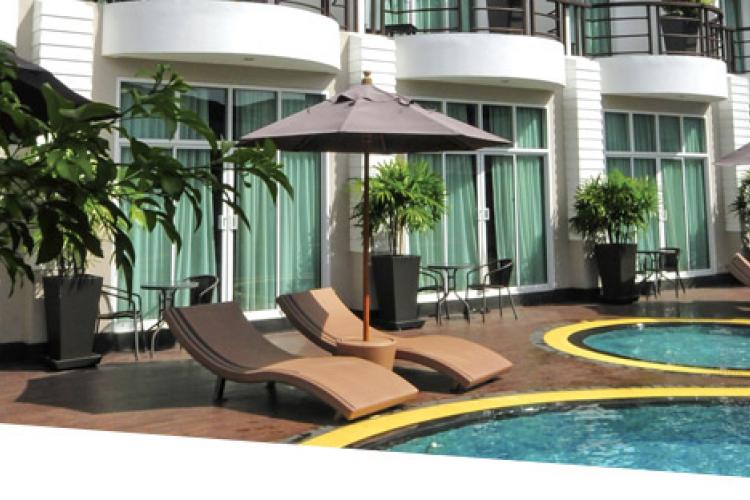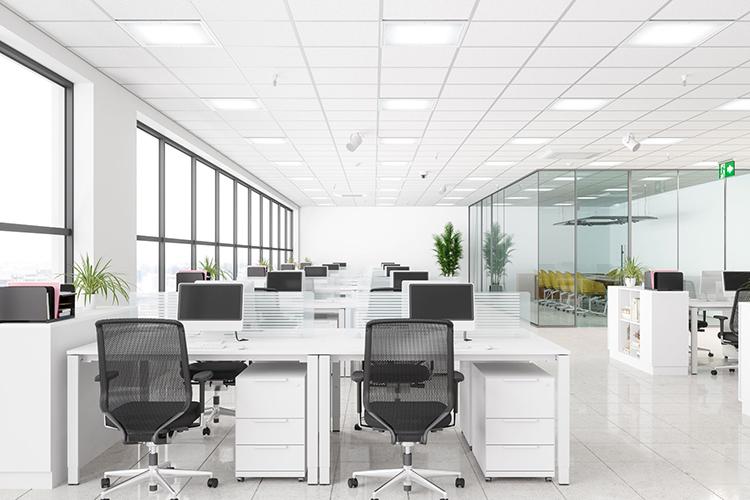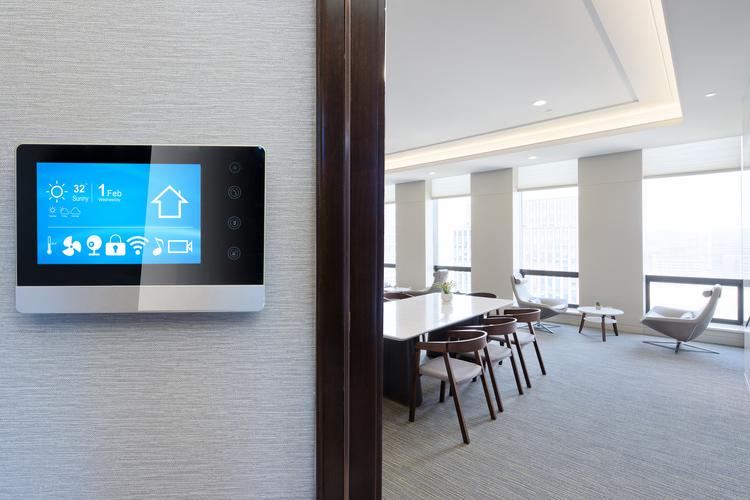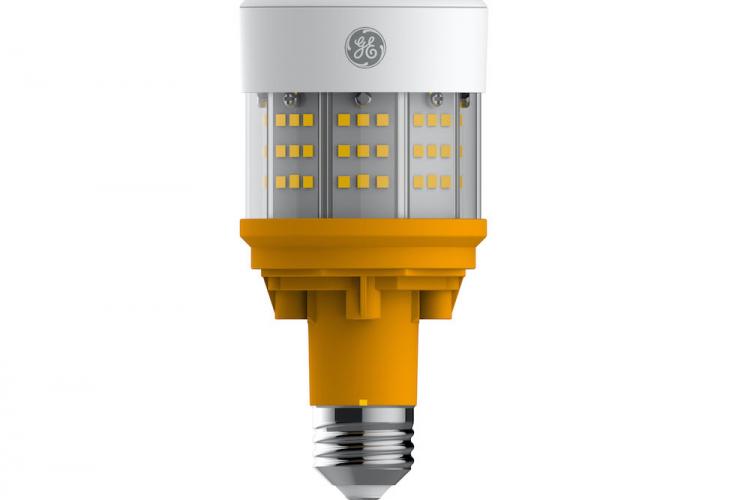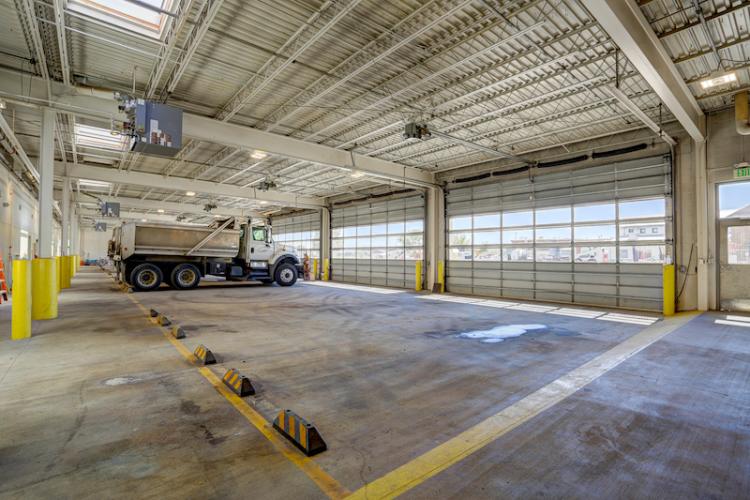Starting Simple: Look to Lighting for Quick Operational Savings
Starting Simple: Look to Lighting for Quick Operational Savings
There are many ways to improve energy management at hotel properties, but probably the easiest and most obvious first step is to analyze your lighting. Energy costs account for anywhere from 4 to 10 plus percent of hotelier’s revenue every year, and adopting more efficient technologies with longer-rated product lives can mean quickly lowered electric bills and less time spent on ladders by maintenance personnel changing out lamps.
Light-emitting diode (LED) technology is becoming increasingly ubiquitousas people are seeing the benefits of this form of lighting in homes, offices, commercial spaces and outdoor areas. Far more energy efficient and longer lasting than alternative lighting technologies, LEDs can help you save significantly on energy and maintenance costs over the lifetime of the lamps. As an added bonus, LED lighting is capable of distributing uniform, natural-looking light in practically any area—making it an aesthetically pleasing option for ambient, task or accent lighting. It can even be imbued with intelligence through use of sensors and connectivity software, supporting increased functionality.
Understand the Promise of LED in Hotels
While LED lighting can make a difference in a lot of places, hotels are especially compelling locations for its adoption given its broad applicability across properties. Just about every place in a hotel is an opportunity where LED lighting could bring about savings. And these savings add up to the tune of millions of dollars a year in some cases.
Indoor Lighting
There are a number of LED lighting options available for hospitality applications, from hanging or recessed LED luminaires to more directional options that replace traditional “can” downlights. Fixture retrofits often make the most sense for public spaces like lobbies or large gathering spaces, but there are also LED refit solutions available that serve as direct lamp replacements for linear fluorescent tubes and other lighting types. Beyond ambient lighting, it’s important to consider how LEDs could save money and improve appearances in task and accent lighting applications, too. Consumer A-Line LED bulb products are vibrant alternatives to traditional task lighting options in guest rooms, and designer LED luminaires can be used in hanging, recessed or accent applications to showcase certain décor items or improve ambiance.
Outdoor Lighting
Savings do not have to be relegated to indoors. Parking lots, garages, building facades and signs typically stay lit all night, adding significantly to energy and maintenance bills. Outdoor LED lighting can majorly cut down on these costs, with efficient fixture replacements available for area lighting, signage and more. One hospitality customer is currently saving approximately $70,000 per year simply from switching their high-intensity discharge (HID) garage lighting to LEDs. They decreased the need to service sign lighting from two to three times per year to once every five to 10 years thanks to an LED upgrade.
Choose your Starting Point Wisely
The broad effectiveness of LED lighting is good news if you are searching for “low-hanging fruit” with a quick payback period in your quest to reduce operating expenses. Where should you start, though? The answer to this question depends on how you answer a few basic questions.
1. Where can lighting energy efficiency be most improved?
The amount of energy and maintenance savings you can achieve depends on what existing lighting technology you are replacing. Incandescent lights are largely a thing of the past now, but hotels are full of halogen, fluorescent and other older lamp types that cannot offer the same longevity or energy efficiency of modern LED technology. You may find that you can reduce energy usage by 50 percent or more, so think about where lamps are least efficient currently and start there.
2. Where would you most benefit from decreased maintenance?
Some areas are more frustrating to service than others. For example, if a lamp burns out high above a ballroom or casino floor, it is going to be more of a hassle (and more disruptive) to replace than if a lamp burns out in a guest room or hallway. Given that LED lamps can last years longer than even fluorescent lights, consider replacing fixtures or lamps with LEDs in spots where you least want to make service calls.
3. Where would you benefit most from more versatile lighting?
LED lighting can be easy to dim, highly compatible with control systems, capable of changing colors or color temperature, and can provide better color rendering than some alternatives. LED lights, by design, create most of their light within the color spectrum that human eyes can view, unlike traditional lighting technologies, making LED lamps both more efficient and capable of enhancing colors and detail for more pleasing aesthetics.
Maximize Your Results
Keep in mind that more efficient lighting can be complemented well by smarter lighting management. The light fixture that is going to cost you the least is the one that is only turned on when necessary, so consider how you can use daylight harvesting systems to offset the amount of electric lighting needed to illuminate a space. Alternatively, installing occupancy sensors, dimmers and timers to allow scheduled lighting or decreased lighting when no one is around can make a huge difference with your energy bill and lamp lifespans.
How much savings are we talking with lighting upgrades? Depending on your situation, it could be quite a lot. One customer of Current, converted meeting rooms and 7,000 guest suites to energy-efficient LED lighting and is saving nearly $2 million in annual lighting costs as a result. Another resort replaced lighting in suites and meeting rooms with our LED lamps. As a result, they will save an estimated $1.3 million dollars in lighting costs over the course of 10 years.
You may be surprised not only at the immediate results you see, but some of the side benefits, too. According to the U.S. Environmental Protection Agency’s ENERGY STAR® program, lighting retrofits can cut cooling energy requirements by 10 to 20 percent in some lodging facilities. Based on the recent surge in hotels becoming LEED® certified, reduced energy consumption can also help you compete well with other hotels currently investing in more sustainable technology while also gaining favor in the eyes of certain eco-conscious travelers.
As you think through a strategy for reshaping how your properties use energy as part of a cost management program, strongly consider lighting upgrades. They may not be the most radical change you can make, but it’s an option with a quick payback period and easily recognizable results.


